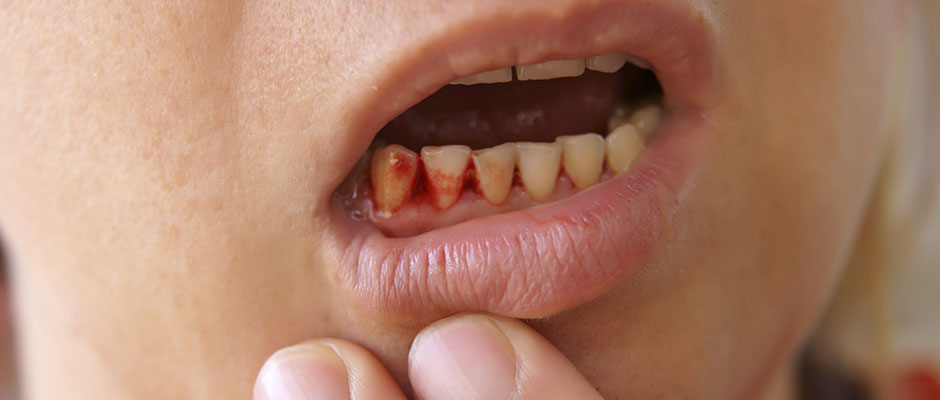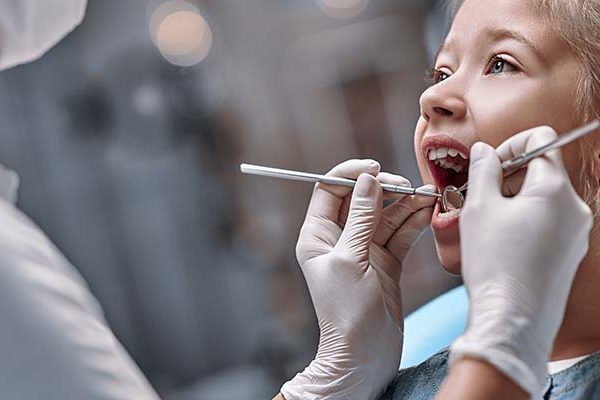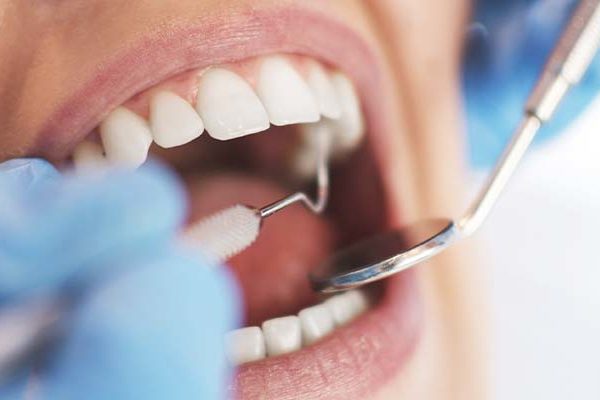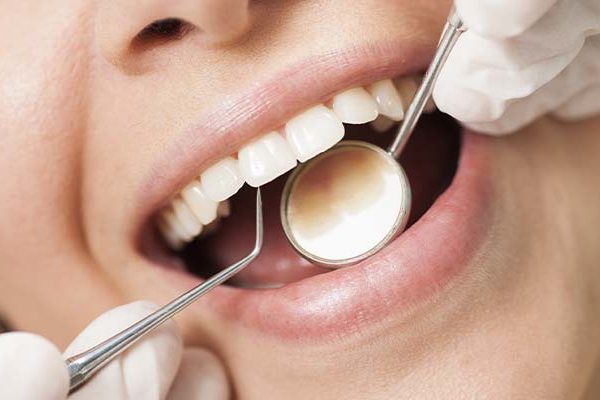Did you notice your gums bled when you last brushed or flossed? If this is becoming a regular occurrence then it is time to take action. Healthy, strong and properly maintained gums will not bleed and this is often a sign that they have become infected and you could have the early stages of gum disease, a condition called gingivitis.
What is Gum Disease?
Gum disease is a bacterial infection that is often caused by poor oral hygiene, although some people are more at risk of developing this condition than others. Gum disease deserves to be taken seriously as it can destroy the gums and other structures surrounding your teeth, including ligaments and bone. The problem doesn’t stop there, as the bacteria causing the infection can enter your bloodstream and may negatively affect your general health.
Catching Gum Disease in its Early Stages
Bleeding gums are one of the earliest signs of gum disease and at this stage treatment is often quite straightforward and successful. A hygiene appointment at Tsawwassen Place Dental will allow us to thoroughly clean or scale your teeth and gums, removing hardened plaque with special hand instruments, reducing bacterial infection. Hardened plaque, a substance called tartar consists of bacteria and tends to build up as a result of improper oral hygiene.
Improving Your Gum Health
Once we have cleaned your teeth and gums, we can talk to you about any areas of your mouth you may be missing when brushing flossing and will discuss some easy ways to improve your oral hygiene at home. Oral hygiene education is an important part of our practice as many people still use the same brushing and flossing techniques they learned as children and sometimes just trying a new way of flossing can make a difference. By persevering with your oral hygiene routine, your gums should begin to look and feel healthier and stronger and any bleeding will cease.
How is More Advanced Gum Disease Treated?
Advanced gum disease will need more intensive treatment, as by this stage your gums may have begun to recede and pockets, called periodontal pockets could well have formed in between your gums and your teeth. These pockets are the perfect breeding ground for bacteria and will need to be thoroughly cleaned to help control the infection. One treatment that is frequently used is called scaling and root planning and will ‘deep clean’ your gums. Your teeth will be scaled to remove tartar, as well as any exposed tooth root surfaces. Next, they will be planed or smoothed to remove any rough surfaces, making it harder for bacteria to adhere. If the periodontal pockets are particularly badly infected, topical antibiotics may be placed to help eliminate bacteria.
The idea of this treatment is to make it easier for your gums to heal, reducing the size of the periodontal pockets so your gums are easier to keep clean. Sometimes this treatment will be ongoing to help control periodontal disease as it isn’t always possible to completely eradicate advanced gum disease.
Reduce your risk of developing gum disease by making sure you keep up-to-date with your regular check-ups and hygiene appointments at Tsawwassen Place Dental. Dr. Larry Leslie can soon detect the very earliest signs of this disease and can prescribe suitable treatment, hopefully before any long-term damage is caused to your gums or to your health. Please call us today if you are overdue for your check-up.
Request an appointment with this convenient online form
* Source: Centers for Disease Control and Prevention (CDC)





